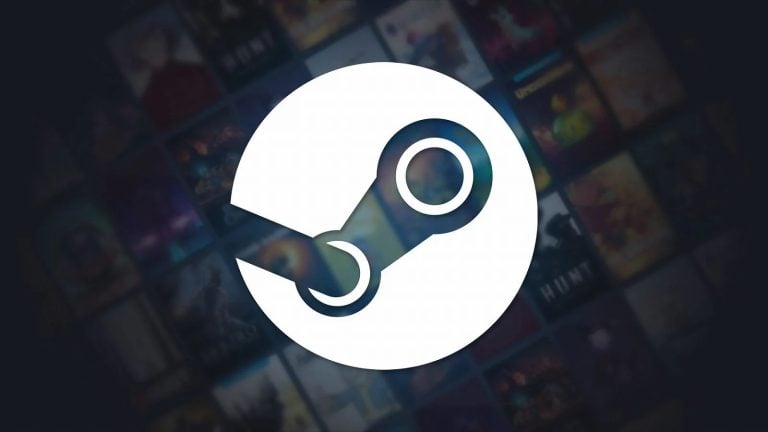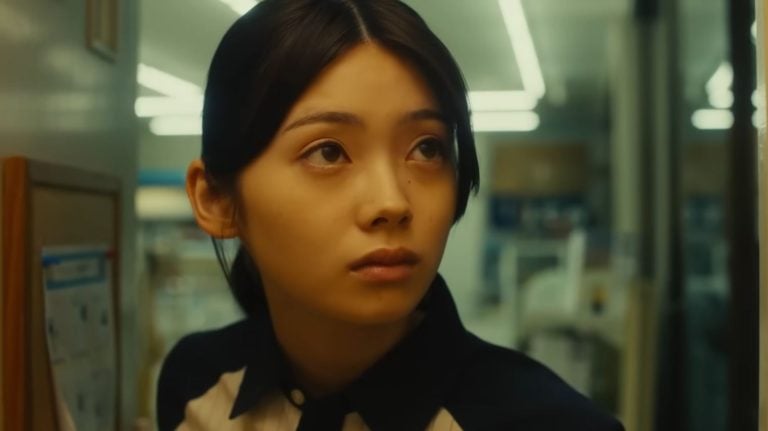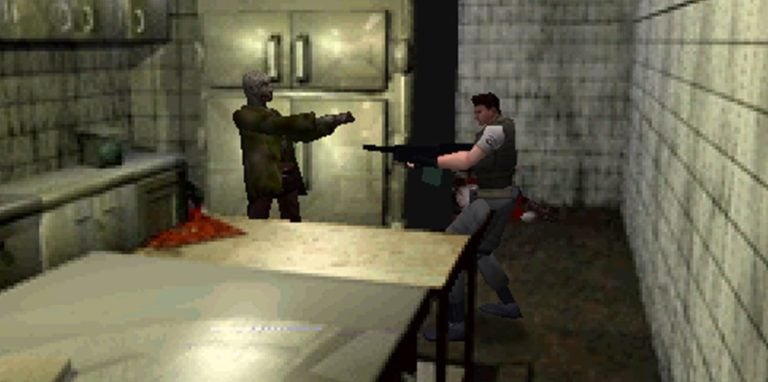Bayonetta and Resident Evil 2 director Hideki Kamiya recently shared an anecdote from the early days of his career, back when he was part of Capcom’s Production Studio 4. In one of his X posts, Kamiya says he learned a valuable lesson about what it means to make a horror game while working under Shinji Mikami on the first Resident Evil (1996).
Joining in on ongoing discussion on X about action mechanics in horror games, Kamiya recalled, “During the development of the first Resident Evil, some members on the team suggested we implement a charged knife attack and sidestep dodging.” According to Kamiya, Shinji Mikami – the director of Resident Evil – was skeptical about the idea from the very start, but he still let his team add these features to the game as a test, watching over them from the sidelines.
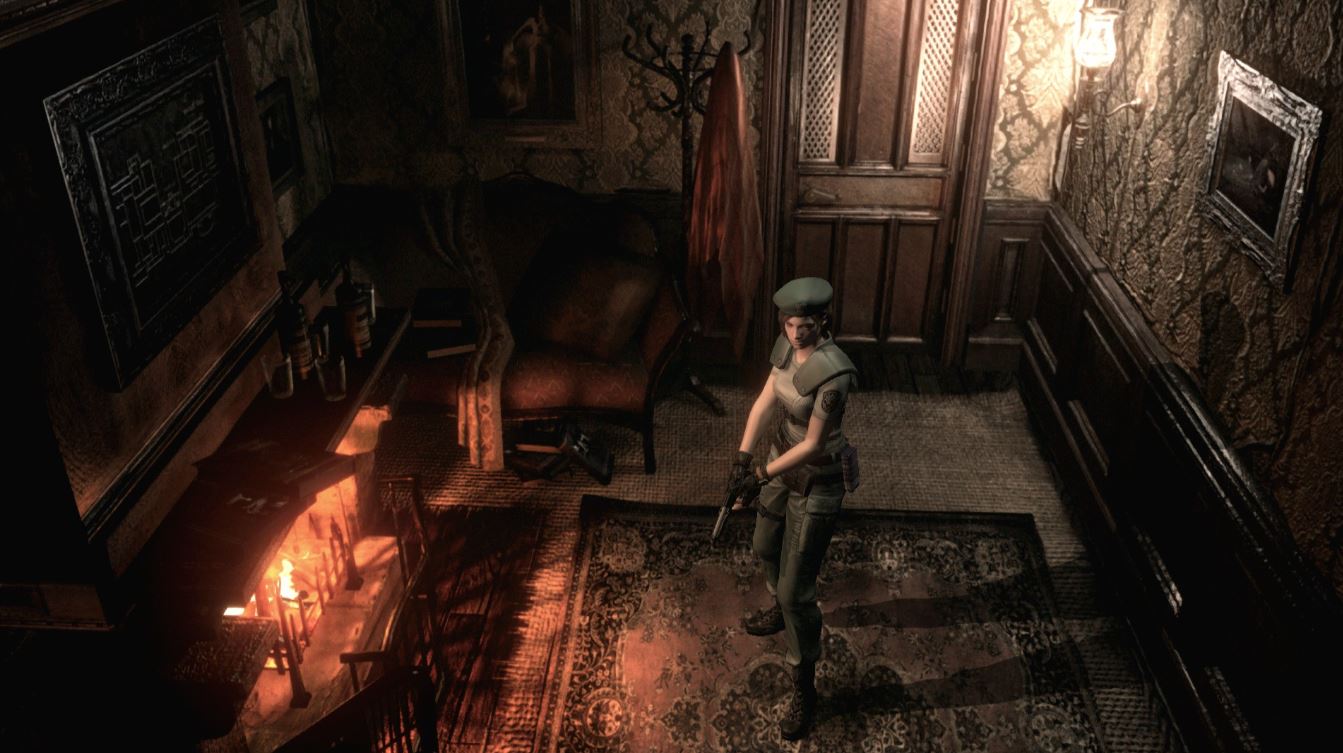
“But once the charged slash attack was actually in the game, the zombies immediately stopped being scary. Mikami-san just went, ‘See?’ The idea was scrapped, and we learned a big lesson from the ordeal.” Once they actually saw Chris Redfield enter a charging stance and dramatically swing his knife, the dev team realized it felt “immersion-breaking and comical.” Suddenly, killing zombies started feeling fun, which wasn’t supposed to happen.
To his credit, Kamiya mentions the charged attack and sidestepping weren’t his ideas, but nonetheless, the incident was what helped him finally realize why Mikami was so adamant in repeating that the theme of the game they were making was “fear.”
“Not only did he do away with the kind of ability upgrades that are typical of action game systems, but he also deliberately made the animation for retreating from enemies look like a frightened backward stumble – everything was in the service of creating fear,” Kamiya explains.
Another idea that was tested out and promptly removed from Resident Evil was having Chris wield a European-style sword. Since the primary setting of the game was a mansion, the idea was that Chris could grab one of the decorative swords from the environment and use it as a weapon. Although the premise seems logical enough, Kamiya says that the sight of Chris with a sword looked out of place and too heroic, as if he were about to go on a zombie killing spree. Thus, the mechanic was scrapped.
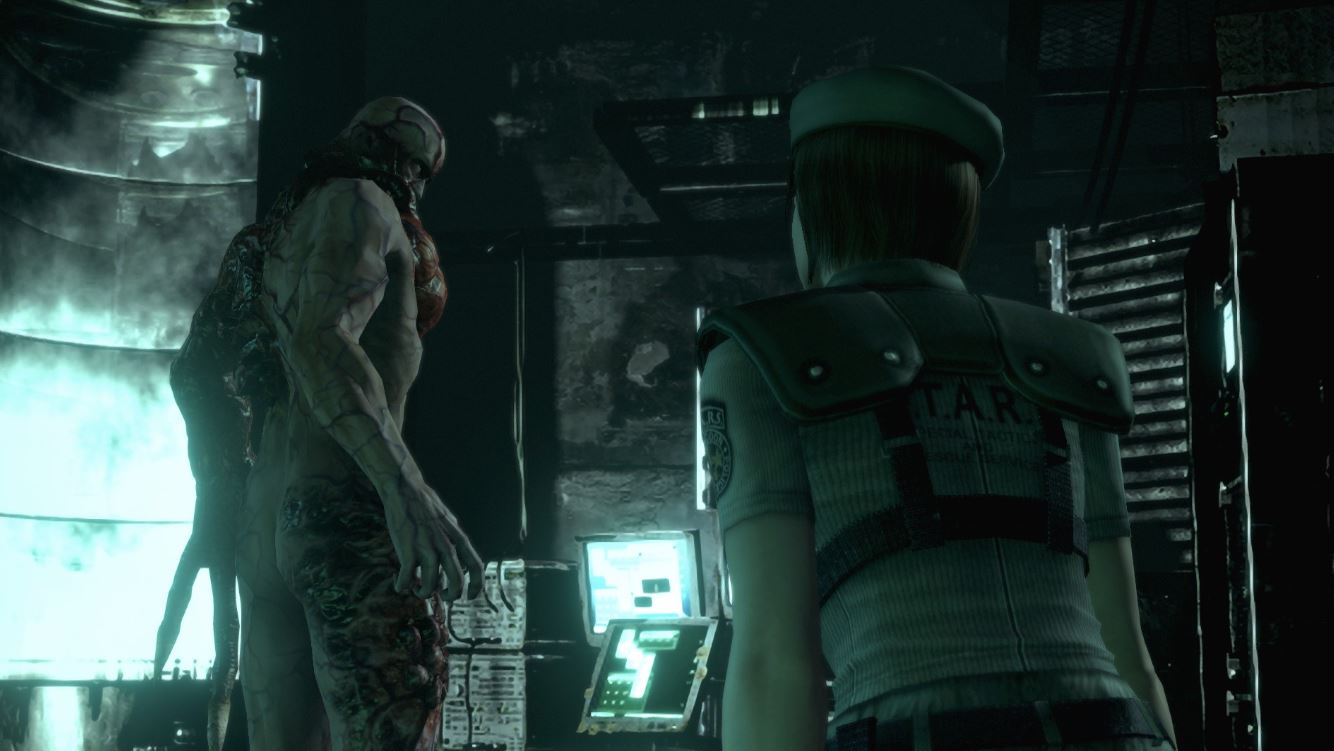
In a separate post, Kamiya expresses admiration and gratitude to Mikami for not simply rejecting the ideas he disagreed with, instead letting the dev team try them out and gain experience from the failure. “Now that I’m in the position of director myself, I realize just how broad his perspective was.”
On a related note, Kamiya, who recently founded the new game company Clovers, has previously commented that he wants his studio to inherit the “spirit” he learned from Shinji Mikami. “In the course of developing games up to now, I have always made decisions based on his teachings, and I have shared them with my development teams.” This was one of the factors behind his decision to name his new company after the now-defunct Clover Studio, where he worked alongside Mikami.
Related article: Resident Evil 1 director Shinji Mikami was against jump scares, but sequels did not follow his ideals



